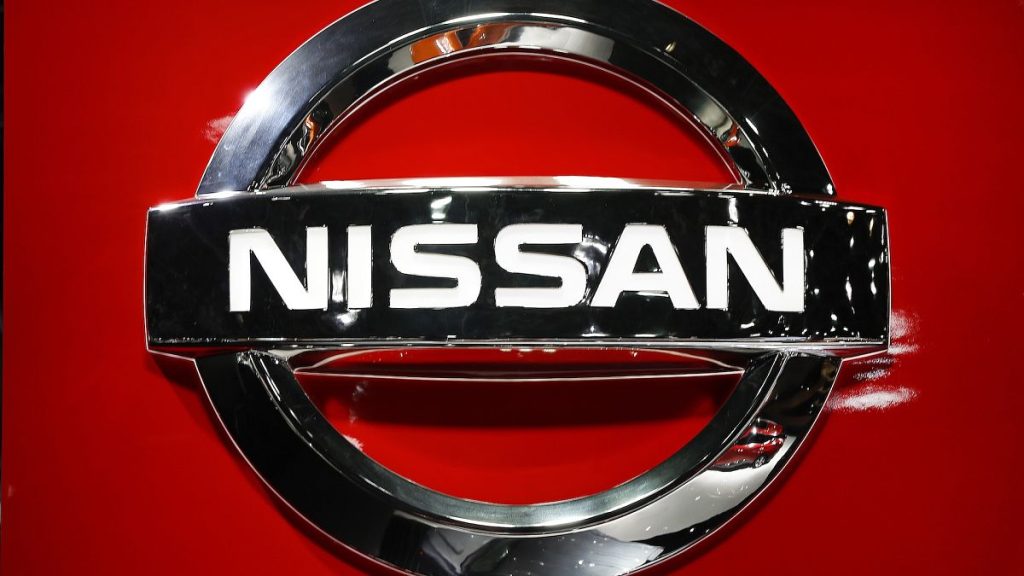The global automotive industry is undergoing a seismic shift, driven by the transition away from fossil fuels and towards electric vehicles. In this evolving landscape, Japanese automakers are facing intense pressure to innovate, reduce costs, and compete with global giants. This pressure has catalyzed a potential merger between Honda and Nissan, two of Japan’s largest auto manufacturers, along with the possibility of including smaller alliance member Mitsubishi Motors. If realized, this merger would create the world’s third-largest car manufacturer by sales, significantly altering the global automotive landscape. The move underscores the increasing importance of scale and collaboration in navigating the complex challenges of electrification and technological advancement.
The proposed merger is driven by several key factors. Firstly, Japanese carmakers are lagging behind international competitors in the electric vehicle market. A combined entity would possess greater resources and expertise to accelerate the development and production of EVs, allowing them to compete more effectively with established EV leaders. Secondly, the industry is experiencing escalating costs associated with research and development, particularly in areas like battery technology and autonomous driving. By pooling resources, Honda, Nissan, and potentially Mitsubishi, can share the burden of these expenses and achieve greater economies of scale. Finally, the industry is consolidating globally, with larger entities gaining a competitive advantage. This merger would bolster the combined company’s market share and global reach, allowing them to compete more effectively with giants like Toyota and Volkswagen.
News of the potential merger sparked positive market reactions, with shares of both Honda and Nissan climbing on the initial rumors and subsequent official announcements. While the combined market capitalization of the three companies would exceed $50 billion, even this significant scale would not surpass Toyota, which remains the dominant player in the Japanese market. However, the merged entity, producing an estimated eight million vehicles annually, would possess considerable clout, surpassing other major players and further solidifying Japan’s position in the global automotive arena. The merger talks follow earlier collaborations between Nissan, Honda, and Mitsubishi, demonstrating a growing recognition of the need for cooperation in the face of industry-wide challenges. Previous agreements focused on sharing EV components and joint research in autonomous driving software, laying the groundwork for deeper integration.
Nissan, in particular, has been facing significant challenges following the 2018 arrest of former chairman Carlos Ghosn, leading to internal restructuring and cost-cutting measures. The company recently announced job cuts and a reduction in global production capacity, highlighting the need for a strategic shift. Honda, meanwhile, is viewed as a relatively stable partner, making the potential merger a potential lifeline for Nissan. The alliance would provide Nissan with access to Honda’s expertise and stability, while offering Honda the benefits of Nissan’s experience in electric vehicle technology and hybrid powertrains. This synergistic potential could offer both companies a path towards greater stability and competitiveness in the rapidly evolving automotive market.
The potential benefits of the merger extend beyond financial gains. From a product perspective, Honda could gain access to Nissan’s larger SUV models and truck-based platforms, filling a gap in its current lineup. Nissan’s established expertise in battery technology and electric powertrains could significantly benefit Honda’s EV development efforts. This sharing of technologies and platforms would streamline development processes and reduce costs, allowing both companies to bring new models to market more efficiently. Furthermore, the combined entity would have greater bargaining power with suppliers, further reducing costs and improving profitability.
While the merger presents significant opportunities, challenges remain. Integrating two large and complex organizations is a daunting task, requiring careful planning and execution. Cultural differences, overlapping product lines, and potential redundancies will need to be addressed. Furthermore, the global automotive market is volatile, with ongoing supply chain disruptions, fluctuating material costs, and evolving consumer preferences. The success of the merger will depend on the ability of the combined entity to navigate these challenges effectively and adapt to the ever-changing landscape. The Japanese government has expressed its support for measures that enhance Japanese companies’ competitiveness in the global market, recognizing the importance of the automotive sector to the national economy.














